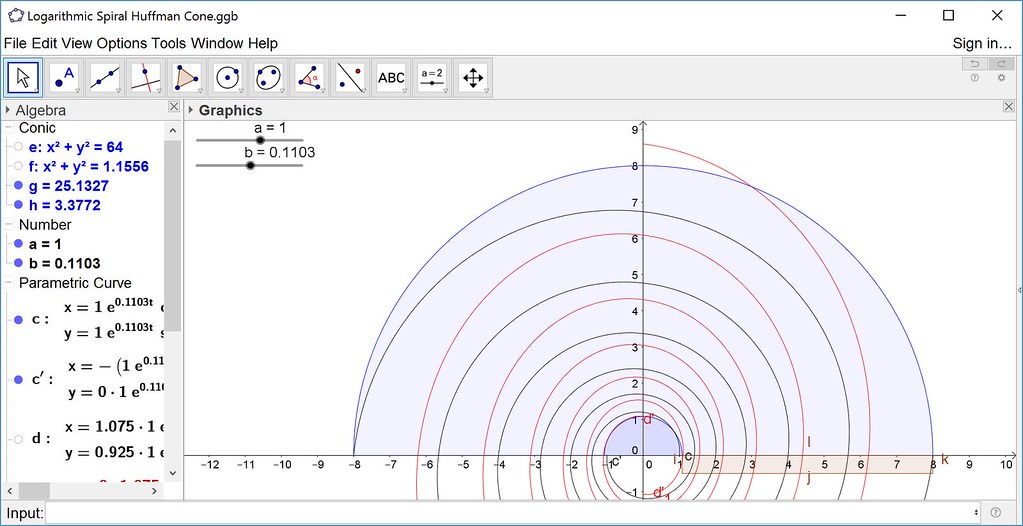Logarithm Assignment Help
Logarithm Introduction
Logarithm is based on the combination of two Greek words, logos and arithmos (number). The word "logarithm" was invented by John Napier in 1614. A logarithm is an exponent used in mathematical calculations to depict the perceived levels of variable quantities such as visible light energy, electromagnetic field strength, and sound intensity. Suppose three real numbers a, x and y is related according to the following equation:

x = ay
Then y is defined as the base-a logarithm of x. This is written as follows:
Logarithm Assignment Help By Online Tutoring and Guided Sessions from AssignmentHelp.Net
loga x = y
For example,
Consider the expression 100 = 103. This is equivalent to saying that the base-10 logarithm of 1000 is 3; that is, log10 1000 = 3. Note also that 10000 = 104; thus log1010000 = 4. (With base-10 logarithms, the subscript 10 is often omitted, so we could write log 100 = 2 and log 1000 = 3). Base-10 logarithms are also called common logarithms and are used in electronics and experimental science.
Product, quotient, power and root for logarithm:
| Formula | |
| product | logb(xy) = logb(x) + logb(y) |
| quotient | logb(x/y) = logb(x) − logb(y) |
| power | logb(xp) = p logb(x) |
| root | logb p√x = logb(x)⁄p |

Property of Equality for Logarithmic Functions:
Suppose b > 0 and b1
Then logb x1 = logb x2 if and only if x1 = x2
For the natural log, the laws become:
1. ln (xy) = ln(x) + ln(y)
ln (x/y) = ln(x) ln(y)
ln (xr) = r ln(x) for any real number r.
the earlier statements become:
ln(x) = y means x = ey for real numbers x > 0 and y.
ln(ex) = x for every real number
eln(x) = x for every x > 0
Analytic properties of logarithm:
- Logarithmic function
- Inverse function
- Derivative and anti-derivative
- Integral representation of the natural logarithm
- Transcendence of the logarithm
Applications of logarithm:
- Logarithmic scale
- Psychology
- Probability theory and statistics
- Computational complexity
- Entropy and chaos
- Fractals
- Music
- Number theory


